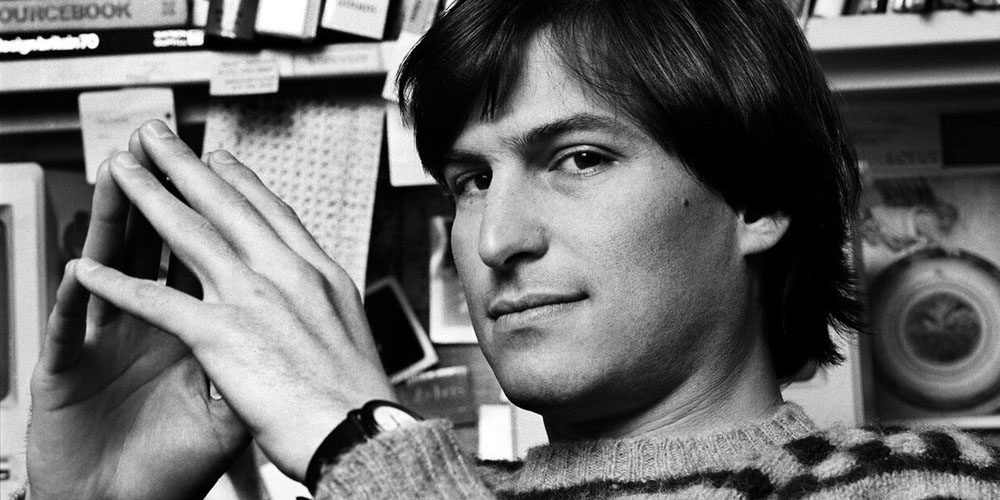This happened to be my first experience driving a Toyota Corolla that gave me my brief moment of ignorance and embarrassment and also reminded me, yet again, of the value of standardization in common design practice. Car manufacturers have strictly adhered to standardization practices such as the placement of the foot controls like the brakes, the clutch, and the accelerator. Then with the two stick knobs – one, with which we control the speed of the windshield wipers, and the other stick control for the directional lights, both residing in a ‘V’ shape behind the steering wheel. Similarly, there are standards which dictate where the driver’s seat should be positioned — left or right, depending upon the country you’re driving the vehicle. These are some of the standard laws & features that exist for any make of a car or country regardless of the geography, though I realized soon enough that the side mirror controls do not seem to figure on that list of standard design practices. The mirrors play a vital role in the manoeuvring of the car. Also depending on the height of the driver, they need to be adjusted to fix the viewing angle of incoming cars in traffic on both sides, and I was left confused in operating this standard procedure on the Toyota Corolla which I will talk about in detail later in this article. Mind you, in some countries, the side-view mirrors are manually controlled from inside the vehicle and I am not referring to those mechanisms in this article, those have a well-defined conceptual model.
Luckily, I was reading the expanded version of Don Norman’s classic The Design of Everyday Things or DOET and found my answer through the importance & criticality of standardization in relation to cars. The book mentions that “standardization provides a major breakthrough in usability” in reducing user’s confusion; although machines or tasks could continue to remain complex per se, just as driving a vehicle is, once standardization is integrated within a particular device or machine the user feels justifiably confident in meeting their desired goals. (p. 248; Chapter 6: Design Thinking) Take the example of driving a car, once you familiarize and develop the skills of controlling the vehicle you could pretty much be driving any make or model at anyplace in the world.
A little background about DOET which is an insightful discourse on ‘human psychology’ (previously published as The Psychology of Everyday Things or POET), and a must-read if you’re in the profession of designing interfaces, human-computer interaction, or product consulting. The key emphasis of the book is to promote the importance of developing products that fit the needs and the capabilities of people in creating usable products that align with the psychology of the users to accomplish the purpose for which they are designed. For now, though, I was keen to set out and tackle the task of reducing the confusion from a complex mechanism of the side view mirror controls in this particular make of Toyota Corolla.



